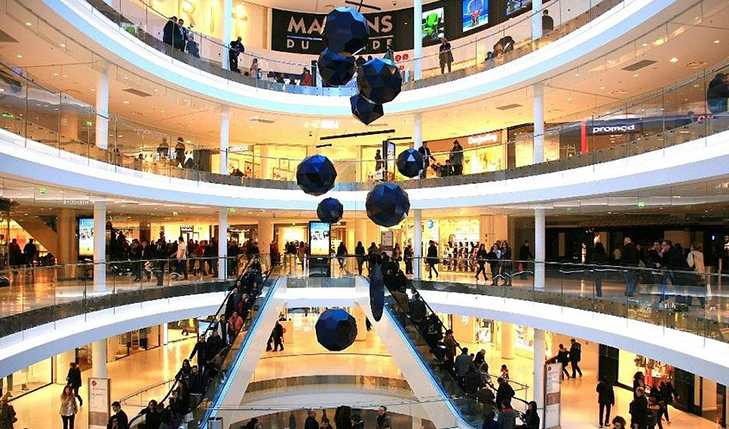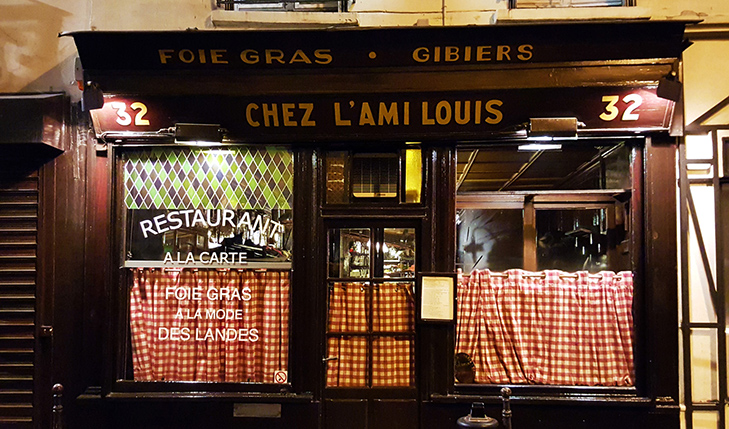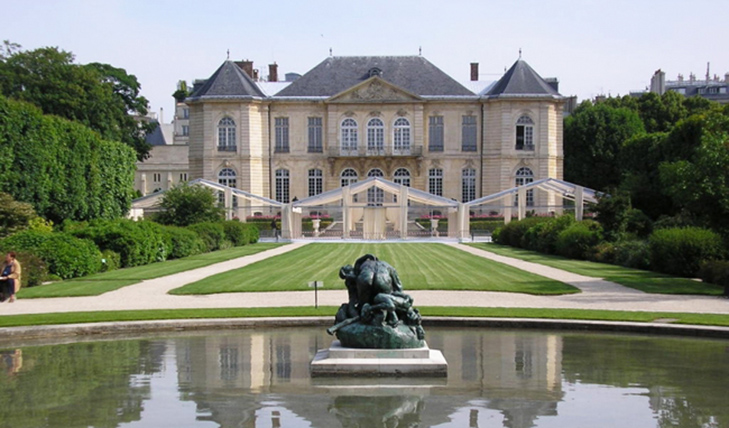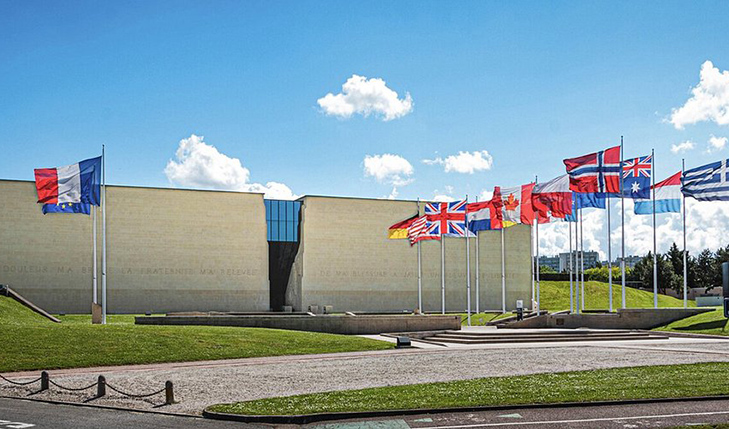I still remember my first stroll through Paris with a white tote bag in hand, eyes wide at the blend of chic boutiques, old world market stalls, and glittering malls that define the shopping experience here. Over countless visits, I’ve explored Paris’s most iconic modern shopping centres and its traditional markets, collecting souvenirs, enjoying café breaks, and absorbing local life while hunting for the perfect gift. Here’s an intimate guide to four modern shopping centres and two traditional markets, with in-depth notes on store names, exact geography, service, bargains—and what worked (or didn’t) for me.
1. Beaugrenelle (15th arrondissement): A Modern Mall by the Seine
Location: 12 Rue Linois, 75015, just a 15-minute walk west of the Eiffel Tower. Metro: Bir‑Hakeim (Line 6) or Charles Michels.
Overview: Beaugrenelle is a sleek six‑floor shopping complex with over 120 shops and restaurants. Designed by Valode & Pistre, its glass-and-metal façade echoes nearby Eiffel Tower architecture, and inside wide walkways and atria lets in abundant daylight.
Stores & Souvenirs: I visited Zara, Lacoste, Michael Kors, and Sandro for instant wardrobe updates. For books or tech gifts, FNAC’s megastore on level 1 is ideal. Guerlain boutique inside offers perfume or cosmetic souvenirs in elegant boxes. For home goods I found HEMA and Habitat, and there’s a dedicated Bébé 9 for baby souvenirs.
My Experience:
- Pros: A thoroughly modern, comfortable space—spacious corridors, free Wi‑Fi throughout, restroom and tax-refund services onsite. The rooftop restaurant Bermuda Onion offers Seine views.
- Cons: Traditional Parisian charm is lacking; it feels more urban than historic. Prices are mid-tier; bargains rare outside sales.
- Tip: Go on weekday afternoons to avoid crowds; the cinema (Pathé) makes it a great afternoon-break spot.
2. Westfield Forum des Halles (1st arrondissement): Central, Bustling, Multilevel
Location: Centre of Paris beneath the iconic Canopée canopy; entrance at 101 Porte Berger, 75001. Metro/RER: Châtelet–Les Halles.
Overview: Once Paris’s historic food market, Rouled into a modern underground mall in highest-traffic station Paris, fully rebuilt by 2018 and now hosts 168 shops over five levels.
Stores & Souvenirs: It houses global brands like Muji, Petit Bateau, Sephora, Esprit, Zara, plus an Espace Créateurs zone of young Parisian designers. I grabbed a Petit Bateau baby bodysuit as a souvenir, picked up Paris-themed postcards at Yellowkorner, and browsed BHV Marais’s gourmet kitchen section. There’s even a cinema and swimming pool beneath.
Pros & Cons:
- Pros: Direct access from major metro lines, mix of high-street and creative French brands. Good food court variety. It’s lively but well-organized.
- Cons: Can feel crowded during weekends. Hard to locate some independent boutiques among chain stores.
- Tip: Start at ground 0 and explore downward for designer labs, then exit via Rue de Rivoli or into Le Marais for café culture walks.
3. Printemps Haussmann & Galeries Lafayette (9th arrondissement): Grande Magasins Icons
Location: Boulevard Haussmann, between Rue La Fayette and Place de la Madeleine. Metro: Chaussée d’Antin – La Fayette or Havre – Caumartin.
Overview: A pair of legendary department stores in art‑nouveau style. Galeries Lafayette is famous for its stained‑glass dome and weekly fashion shows; Printemps is sleek and beauty-forward.
Shops & Souvenirs: On my personal list: Lafayette’s homeware for gourmet gift baskets from La Grande Épicerie, fashion labels from mid to luxury (Sonia Rykiel, Balenciaga). I bought a Paris-themed scarf at the Lafayette boutique and a L’Occitane travel set at Printemps. Rooftop terraces on both allow panoramic city and Eiffel views.
Pros & Cons:
- Pros: Iconic architecture, free fashion shows at Galeries Lafayette Fridays, rooftop cafés with views. Tax‑refund service onsite.
- Cons: Tourist crowds, busy escalators. Sometimes aggressive promotional staff in cosmetics.
- Tip: Book the fashion show online early; go up to the rooftop before sunset for light and cityscapes.
4. Bercy Village (12th arrondissement): Open-Air, Charming, Leisurely
Location: Rue François Truffaut, 75012. Metro: Cour Saint‑Émilion (Line 14).
Overview: Built in restored 19th-century wine warehouses, Bercy Village offers a cobbled-street shopping experience with boutique stores, cafés, restaurants and a Cinémathèque .
Stores & Souvenirs: I explored shops like Agnès B., Alice Délice kitchen goods store, and local bookstores. Nearby I picked up gourmet chocolates and macarons from local patisseries as gifts. The ambiance is relaxed, with terrace cafes and historic lamp-post lighting.
Pros & Cons:
- Pros: Scenic and relaxing; combination shopping-dining-entertainment space. Less crowded, very Parisian in feel.
- Cons: Fewer fashion labels, limited store variety. Mostly mid-range.
- Tip: Visit on weekend evenings when the lights enhance the village atmosphere and cafés are open late.
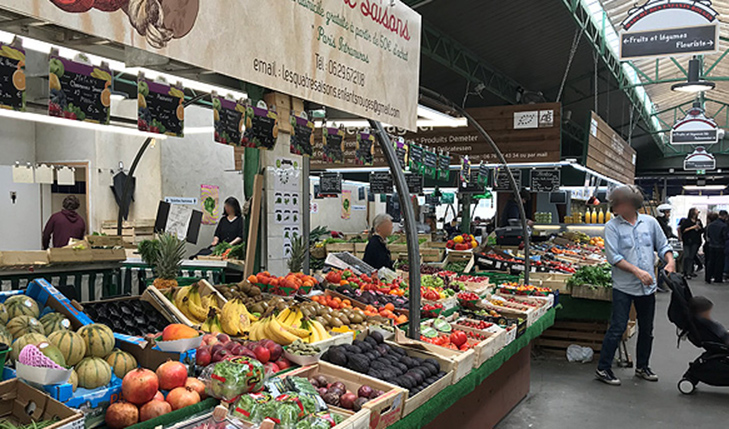
5. Marché des Enfants Rouges (Marais, 3rd arrondissement): Oldest Covered Market
Location: 39 Rue de Bretagne, 75003. Metro: Filles du Calvaire or République.
Overview: Established in 1628, the Marché des Enfants Rouges is the oldest covered market in Paris and still thrives with food stalls, artisans, flowers, and ready-to-eat meals.
Souvenirs & Finds: I discovered artisanal preserves, fresh baked breads, vintage postcards and handmade jewelry. I bought local honey, small jars of Dijon mustard, and a linen scarf from a stall run by local craftspeople.
Pros & Cons:
- Pros: Historic atmosphere, immersive local food experience. Undercover—great if rain hits. Cheaper and authentic.
- Cons: Not many fashion stores. Stall opening times can be inconsistent.
- Tip: Arrive in late morning when produce is fresh and food stalls open. Excellent for lunch or buying edible souvenirs.
6. Les Puces de Saint‑Ouen (Flea Market for Vintage & Antique Souvenirs)
Location: Rue des Rosiers and surrounding lanes, 93400 Saint‑Ouen. Take Metro line 4 to Porte de Clignancourt then walk.
Overview: Known as the largest flea market in the world, Les Puces covers 14 marchés over dozens of avenues—from vintage fashion to antique furniture and art. It’s browsing heaven.
Purchases & Experiences: I spent hours at Marché Paul Bert finding porcelain, vintage postcards, framed art prints, and second-hand Bijoux de luxe. I also negotiated on a brass photo frame and picked up a Paris-themed vintage poster. Nearby cafés offer excellent people-watching.
Pros & Cons:
- Pros: Unique souvenirs you won’t see anywhere else, from retro perfume bottles to antique maps. Eclectic and atmospheric.
- Cons: Can be overwhelming; haggling expected and can be intimidating. Some vendors pushy. Not every stand is high quality.
- Tip: Wear comfortable shoes, bring small bills, and don’t hesitate to ask “C’est tout c’est prix final ?” (Is this the final price?) For fun haggling.
My Personal Reflections
On my journey through all these shopping spots, I found that each offers a different slice of Paris: Beaugrenelle and Forum des Halles reflect the city’s future-facing retail energy; Printemps and Galeries Lafayette embody its historic fashion grandeur; while Bercy Village offers cobbled calm; Marché des Enfants Rouges reminds me of centuries of Parisian daily life; and Les Puces de Saint‑Ouen reveals hidden antique treasures.
I returned home with tote bags full of L’Occitane beauty minis, Petit Bateau baby clothes, vintage posters, artisan jams, and handmade scarves—gifts that carried stories as well as style. Service varied but was generally polite; staff at high-end stores like Lafayette and Printemps were knowledgeable (sometimes impatient if I only browsed), while market vendors were warm when greeted in decent French.
My advice: start early, wear flat shoes, plan café breaks mid-shopping, and always carry water. Ask before taking photos in markets; keep an eye on your bag in crowded malls or metro stations.
How to Walk These Shopping Streets (Extended Route & Real-Life Tips)
Planning a route through Paris’s most memorable shopping districts isn’t just about ticking boxes—it’s about savoring the transitions between them. What I’ve learned after multiple trips is this: walk less, linger more, and let the city pull you from one charm to another. Here’s how I now plan a full day, depending on what kind of shopper (or flâneur) you are.
🕘 Morning: Local, Creative, and Light
Start your day early in Le Marais, ideally by 9:30 a.m., when cafés open and the streets are still quiet. I usually stop by Café Charlot (38 Rue de Bretagne) across from the Marché des Enfants Rouges. I sip a noisette and watch delivery bikes roll in.
Once the market opens, I explore the artisan stalls for a few gifts: jars of fig jam, linen kitchen towels, a rustic hand-bound notebook. There’s no need to rush—this is where I feel most connected to the “old soul” of Paris.
Next, I head south on Rue Vieille du Temple, one of my favorite boutique streets. I pass Merci, Bonton, and smaller concept stores. If you love stationery, don’t miss Papier Tigre nearby.
🚇 Midday: Connect to the Heart of the City
Around 11:30 a.m., I hop on Metro Line 1 from Saint-Paul to Châtelet–Les Halles—it’s a fast connection. This drops me right inside Forum des Halles, a bustling indoor haven. It’s the opposite of the Marais in atmosphere—commercial, global, and buzzing.
If I need a break, I often sit in the nearby Nelson Mandela Garden, just above the Forum. Then it’s back underground to browse FNAC for tech accessories, or Uniqlo and Muji for minimalist staples that travel well.
🍽️ Lunch: View and Refresh
From Les Halles, I either:
- Walk 15 minutes west to Printemps/Galeries Lafayette, or
- Take Line 7 from Châtelet to Chaussée d’Antin – La Fayette
I time it so I arrive at Galeries Lafayette just before lunch. I grab something light at Café Coutume or head straight up to the rooftop terrace. There’s no better place for a free Eiffel Tower view. In good weather, this is where I rest my feet, rehydrate, and breathe in the city.
Afterward, I’ll browse a few floors of Lafayette—maybe buy one or two luxury souvenirs—and sometimes peek into Printemps next door for their beauty selection (great for last-minute gifts or travel-size fragrances).
🌿 Afternoon Slowdown: Wine, Walks, and Charm
By 3:30 p.m., I’m usually ready to wind down. That’s when I head southeast to Bercy Village. It’s out of the tourist frenzy and gives me that “I’m in a hidden part of Paris” feeling.
You can take Line 14 directly from Saint-Lazare or Pyramides to Cour Saint-Émilion. Once there, I walk slowly through the cobblestone arcade. The boutiques are smaller, more curated—kitchenware, artsy gift shops, home goods.
If the weather’s right, I sit under the vines at Chai 33 for a chilled glass of rosé or head to Bercy Park behind the complex for some shade.
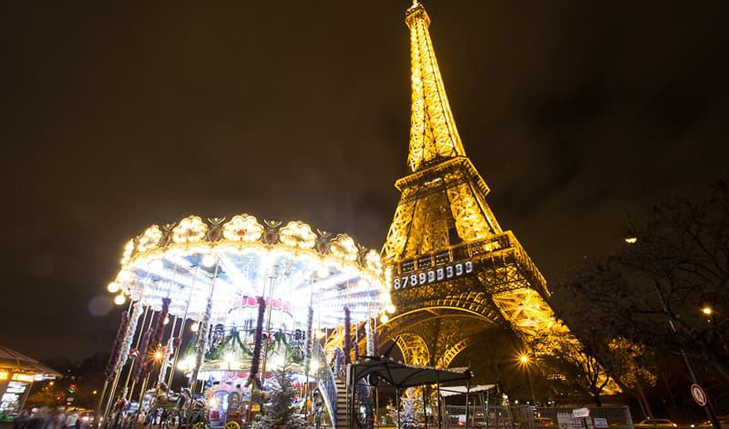
🌇 Evening: Eiffel Lights and Modern Malls
After sunset, I love ending my shopping journey at Beaugrenelle in the 15th arrondissement. I either take Line 14 back to Madeleine, then Line 8 to Charles Michels, or I splurge on a taxi or Uber from Bercy Village straight to the mall—20 minutes max.
Beaugrenelle in the evening has a calm elegance. I usually avoid big stores and instead browse the upper-level boutiques like The Kooples or Aigle. Then I head to Bermuda Onion or Panasia for a casual dinner with Seine views. On some trips, I even time it so I see the Eiffel Tower sparkle from the riverside walk.
Shopping Tips for Different Traveler Types
- Solo travelers: Plan a flexible route, leave extra time for spontaneous finds.
- Couples: Mix heavy shopping days with lighter ones—walk Bercy or Marais together, save big stores for rainy days.
- Family with kids: Focus on Forum des Halles for central convenience and kid-friendly options. Galeries Lafayette has children’s boutiques and toy departments.
- Fashionistas: Head to Rue Saint-Honoré, Le Bon Marché, and Galeries Lafayette Haussmann for high-end brands and seasonal designer pop-ups.
Evening Shopping in Paris (Yes, It’s Possible!)
Most big department stores close by 7:30 p.m., but on Thursdays, some stay open till 8:30 or 9:00. Here’s where I go when I want a bit more browsing after dark:
- Carrousel du Louvre: Open later than the museum, calm and good for last-minute gifts.
- Beaugrenelle: Open until 8:30 p.m. most nights, with dining options right after.
- Shops in Le Marais: Many stay open later on weekends or for art nights.
Final Local Tips From Experience
- Bring a tote: Many Paris stores no longer offer free bags.
- Tax-free shopping: If you spend over €100.01 in one shop, ask for a tax-refund form. You’ll need your passport.
- Say bonjour: Always greet staff when entering a boutique. It’s not just polite—it often earns you better service.
- Map it smart: Use Google Maps offline or the app Citymapper to navigate metros between shopping hubs.
- Pick up a Navigo Easy card: Makes metro hopping simple. You can load 10 trips and refill at kiosks.
To End the Day
My last day in Paris always includes a final stroll along Rue Cler or Avenue Montaigne—depending on whether I want a local market feel or a luxury fantasy. I might carry a shopping bag with a final scarf, candle, or French children’s book tucked inside.
But more than the items, what I take with me is a sensory record of the day: the scent of orange blossom from a street vendor’s candle, the creak of a wooden antique floor in Marché Paul Bert, the gleam of golden light across Galeries Lafayette’s dome.
In Paris, shopping isn’t just buying. It’s living a story—one that I get to retell every time I wear a coat from Rue Saint-Honoré or offer a friend a jam I found in Le Marais.
And if you’re lucky, your own story will begin the moment you turn a corner and discover a street you’d never planned to walk down. That’s Paris.
